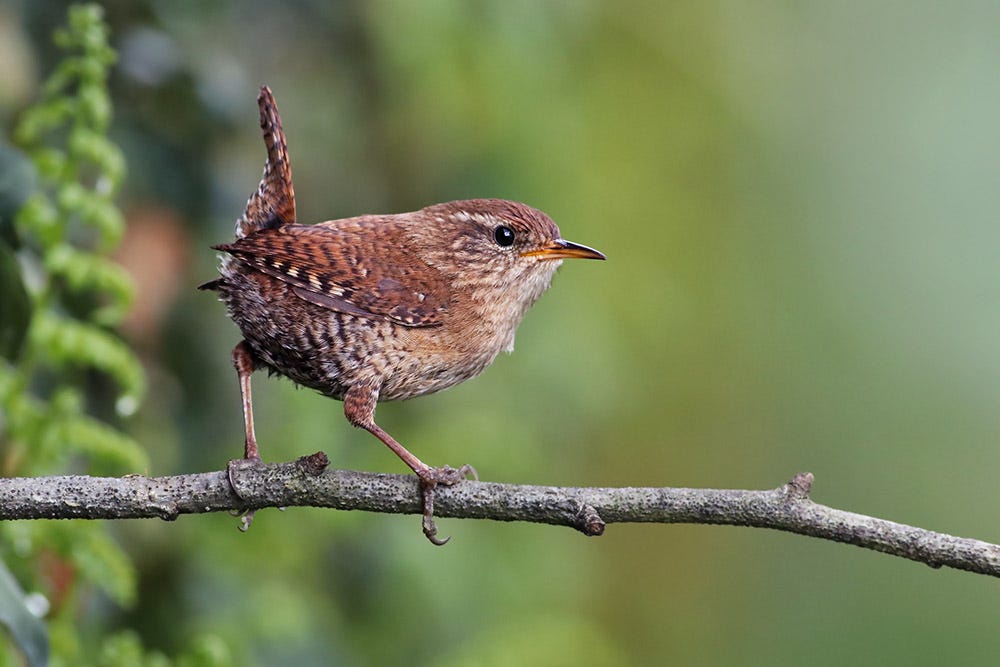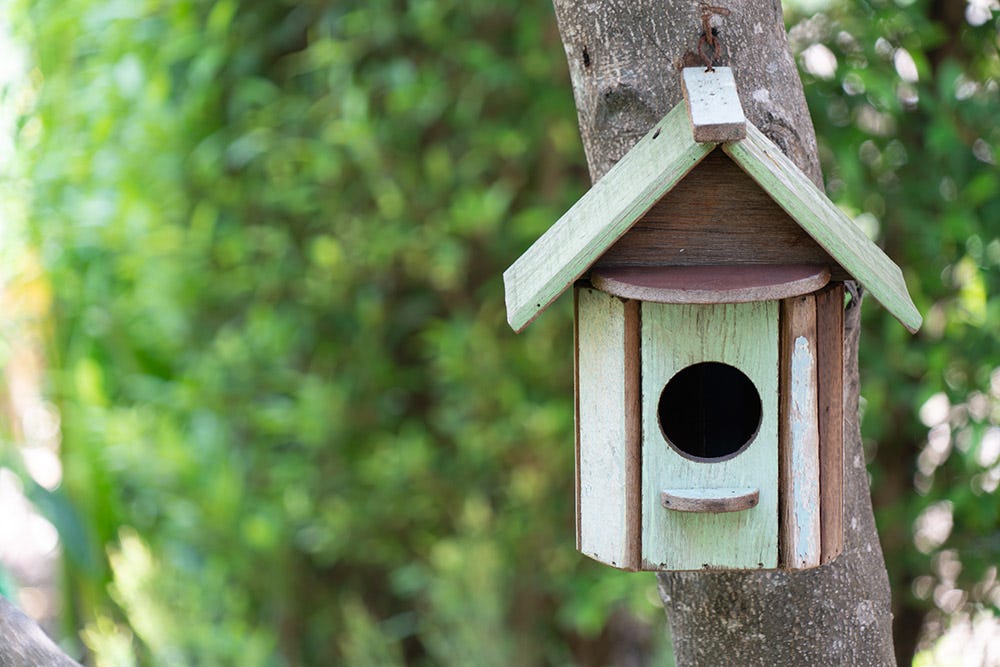
Prepare feeders and nesting boxes
Over winter, garden feeders and nesting boxes offer a lifeline for wildlife such as toads, voles and small birds. Wrens, for example, can lose up to 10% of their body weight during cold nights. Providing refuge helps them roost communally and conserve heat.
November is the perfect month to clean your feeders, tables and boxes. Be sure to keep feeders stocked with fat-rich foods for then throughout winter, such as:
-
Oily seeds
-
Peanuts
-
Suet balls
-
Fruit
-
Plus clean water – place a small plastic ball on the surface, as movement in the wind prevents freezing
Don’t cut ivy
Resist the temptation to cut back mature ivy until March. Throughout winter, it provides berries, valuable shelter and foraging habitat for insect-eating birds. The flowers also offer nectar and pollen for late-flying insects.
If you peer in closely, you may even find a brimstone butterfly taking shelter amongst ivy’s dense, evergreen foliage.
Leave attractive seed heads
Left on the plant, many seed heads will support wildlife through winter. Herbaceous seed heads provide snacks and perches for small birds, such as sparrows and tits.
Want more goldfinches in your garden? Try attracting them with teasel seed heads. Their thin beaks are perfect for tweezering the tiny seeds from between the spikes.
Our favourite seed heads to leave over winter include:
-
Rudbeckia
-
Sedum
-
Love-in-a-mist
-
Echinacea
-
Alliums
-
Hydrangea
Create wildlife stacks
Turn your garden waste into a welcoming wood stack, with plenty of nooks and crannies for your wild visitors to nestle into. Place four posts in a rectangle, then fill the space with logs, twigs and fallen leaves. We suggest placing heavier wood at the bottom, followed by lighter clippings and foliage at the top.
Plant crocuses for pollinators
Prepare for brighter days with a carpet of pollinator-friendly crocuses. These colourful springtime flowers provide a much-needed boost for insects emerging from hibernation.
Plant your corms at a depth around two times their size. We recommend planting them at the front of a border, in pots or in grass. They grow best in full sun, in moist but well-drained soil.

However large or small your garden, it could make the life-saving difference for wildlife. This is especially true in January, which is often the coldest month and when natural food sources are thin on the ground. Read our guide on creating vital ‘green corridors’ that link towns, parks and the countryside with people’s gardens.
